In my *.mdb file I have a macro with an action that runs TransferText and gives me an Error Number of 2950 which according to Microsoft means that the document is not trusted, as far as I know it is trusted! It's located in the Trust Center Trusted Locations.

Is there an explanation point next to the Action causing this in the macro whose tooltip reads This action will not be allowed if the database is not Trusted.

I already tried running a compact and repair on it, what could be causing this?